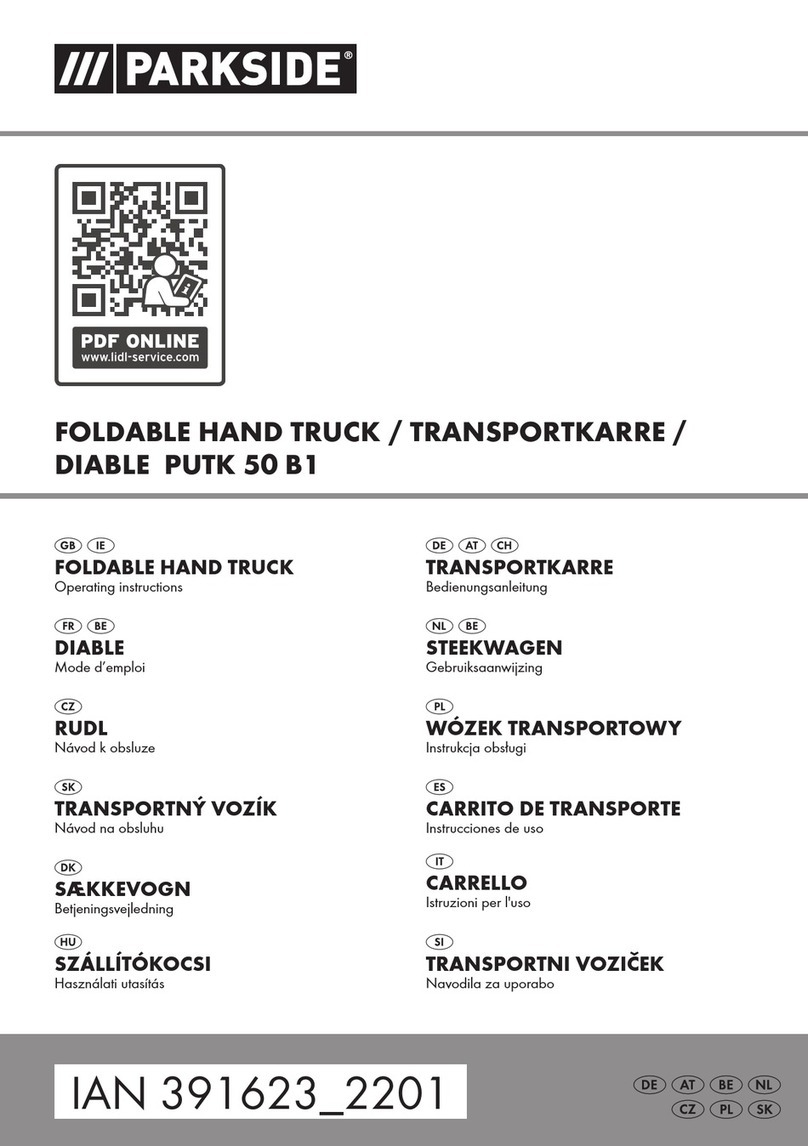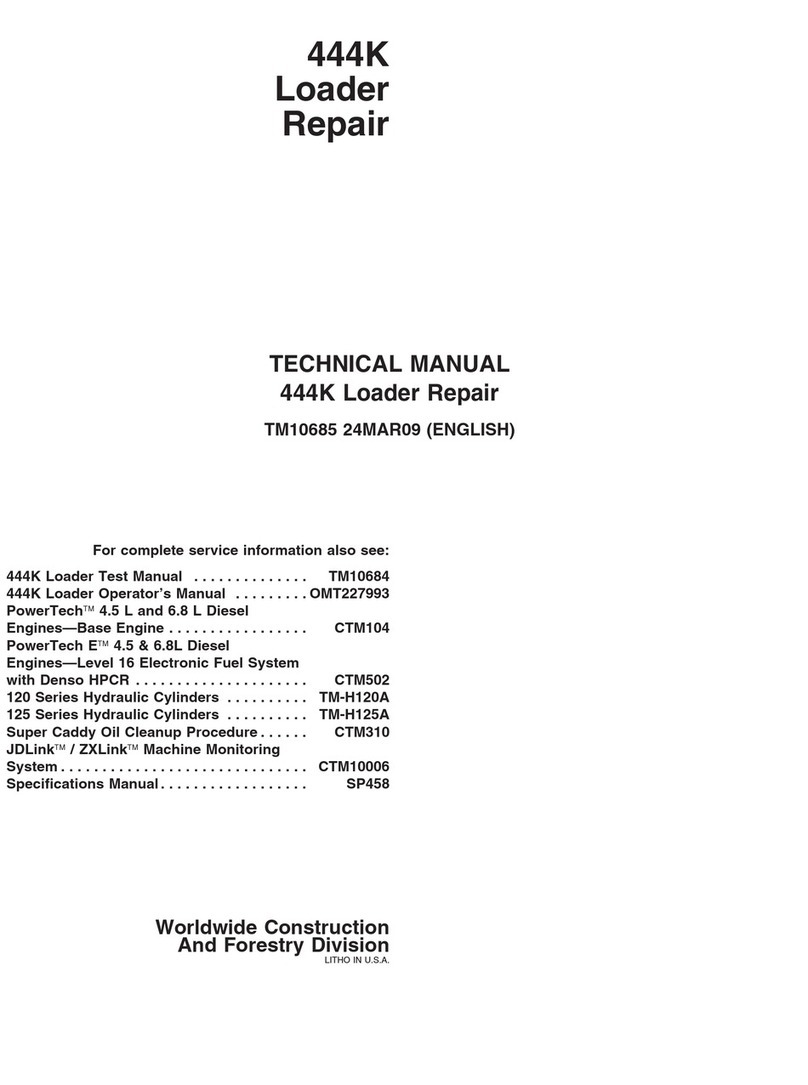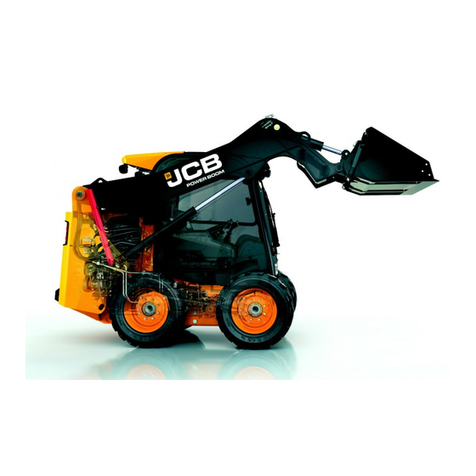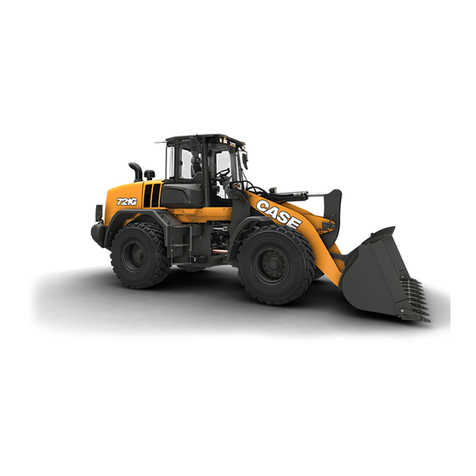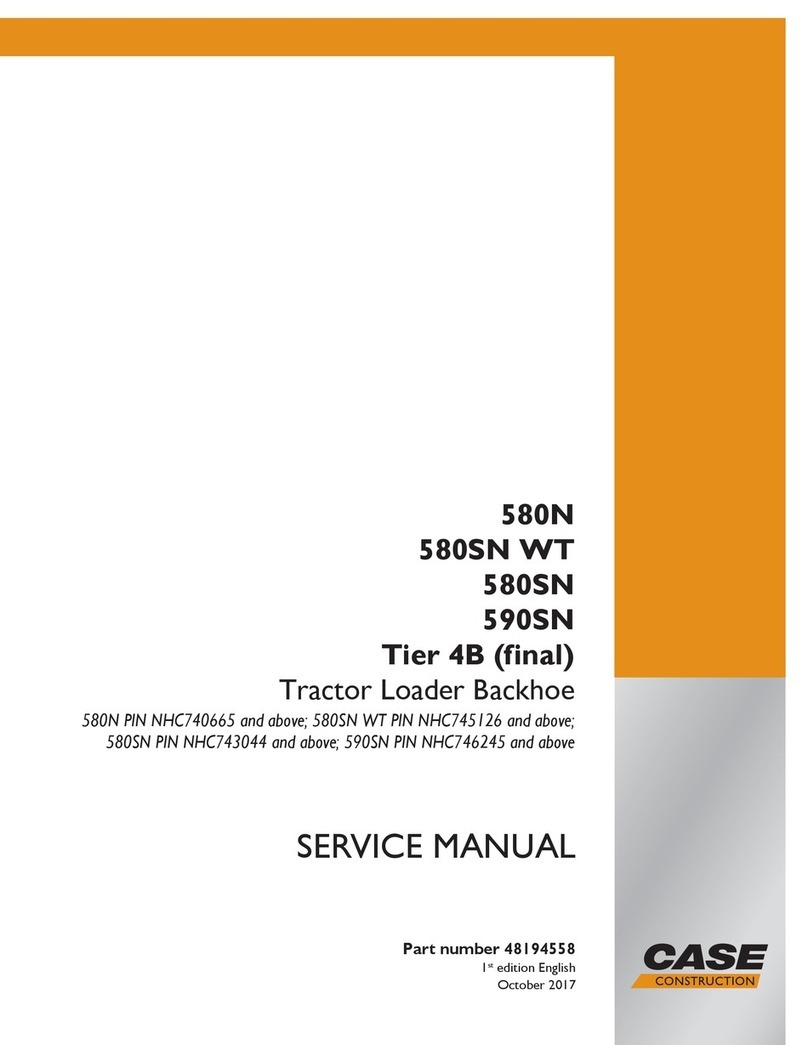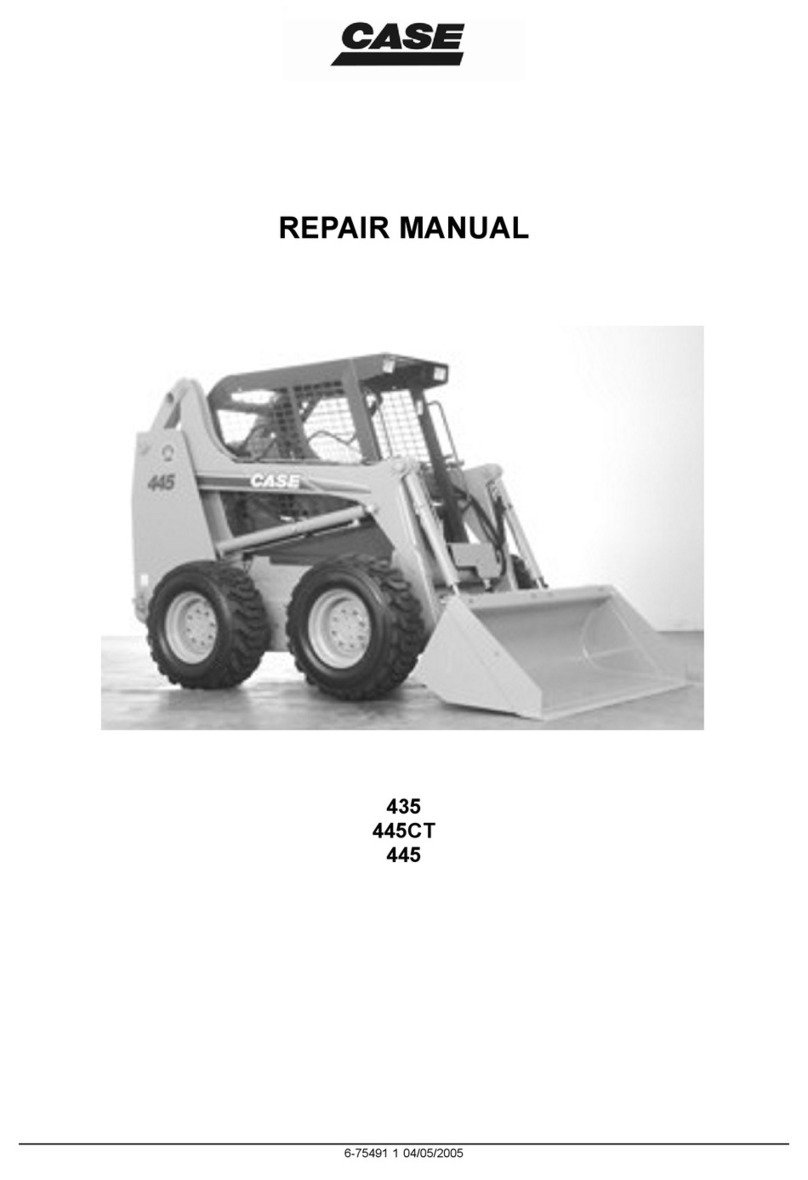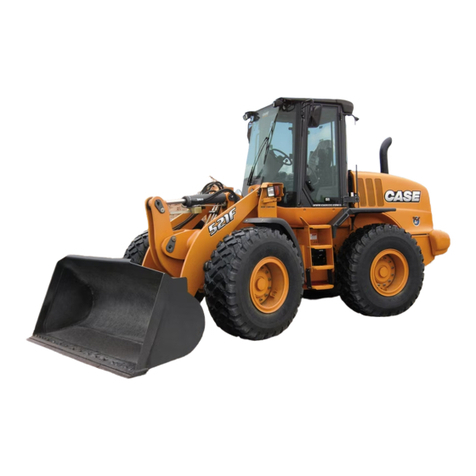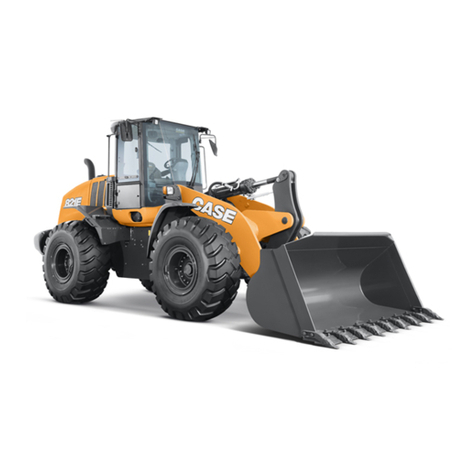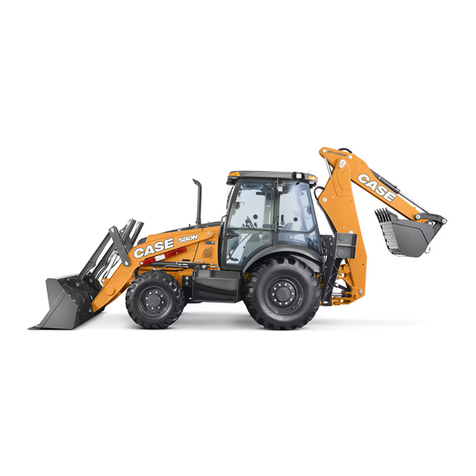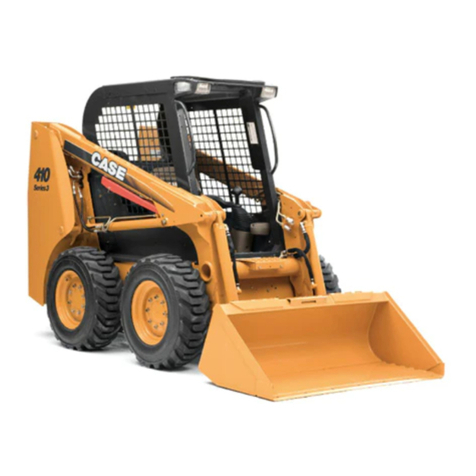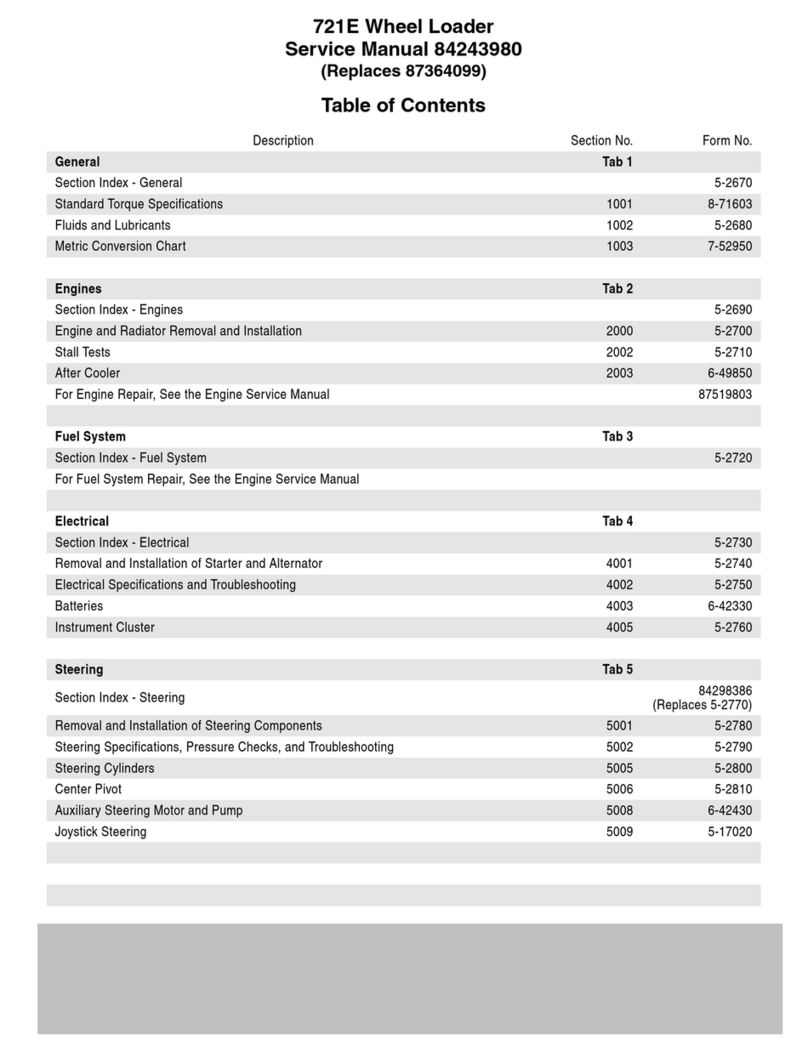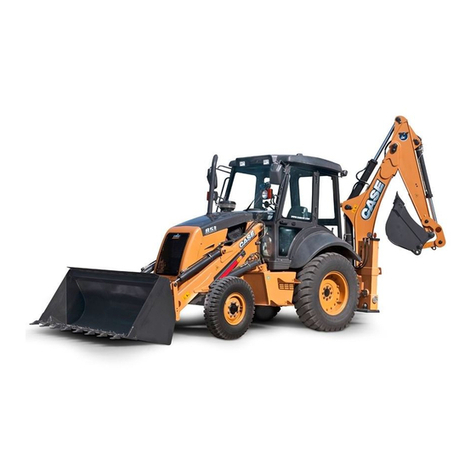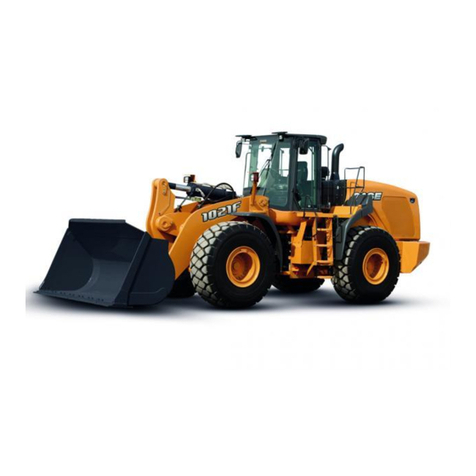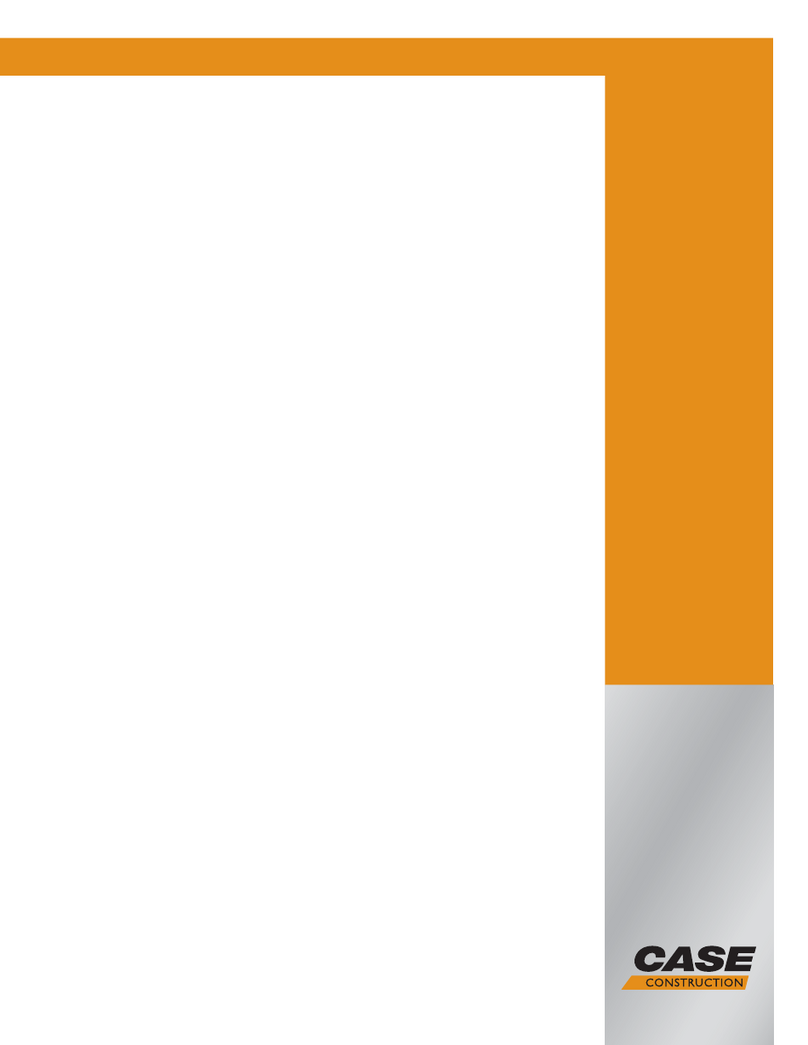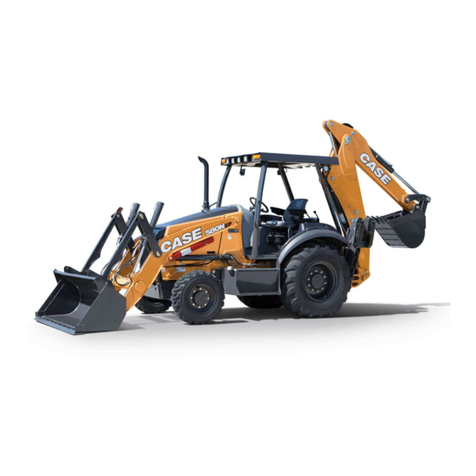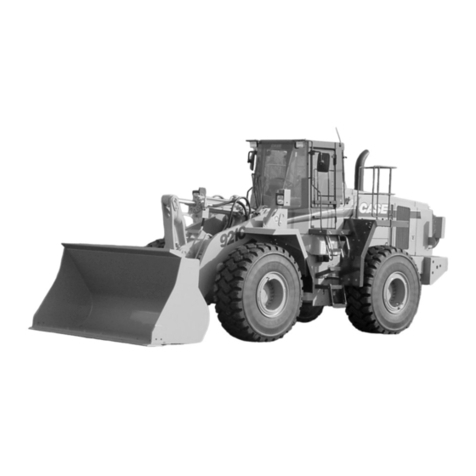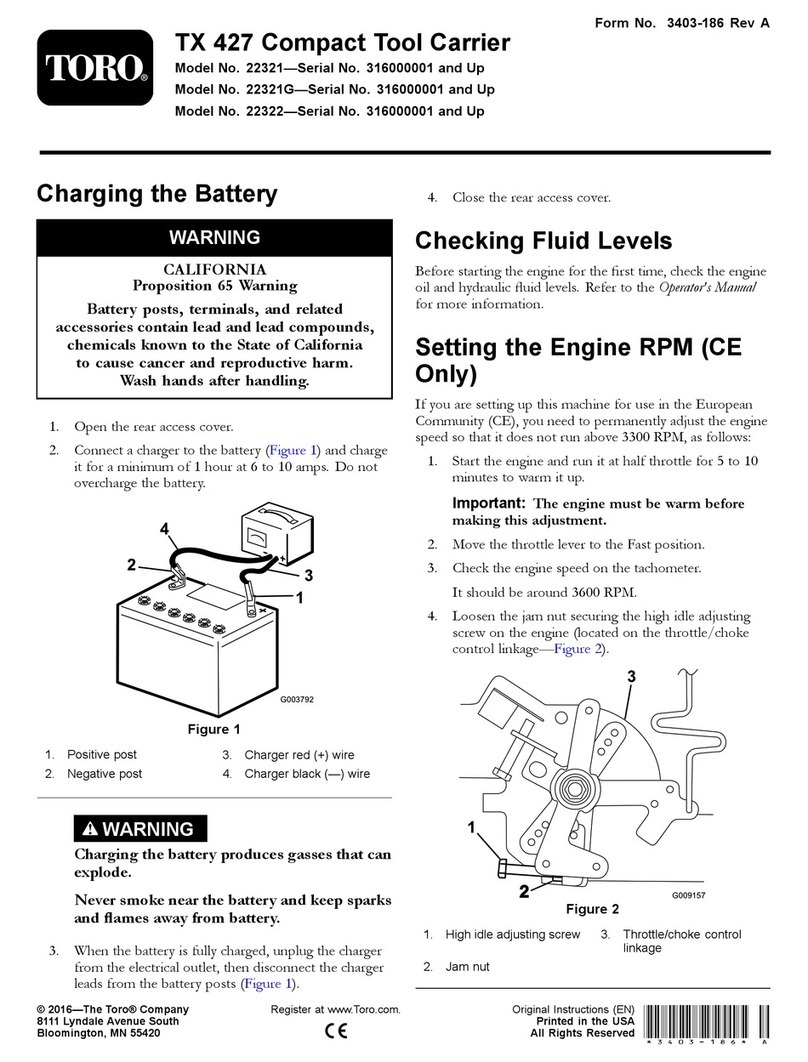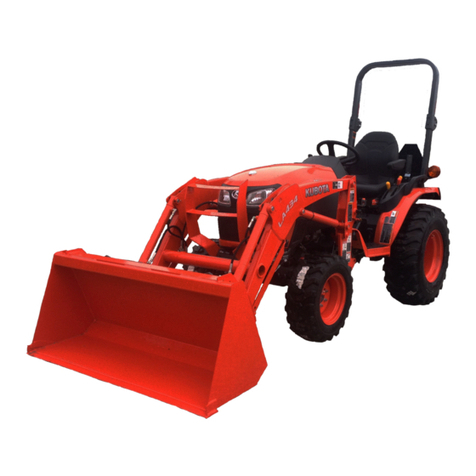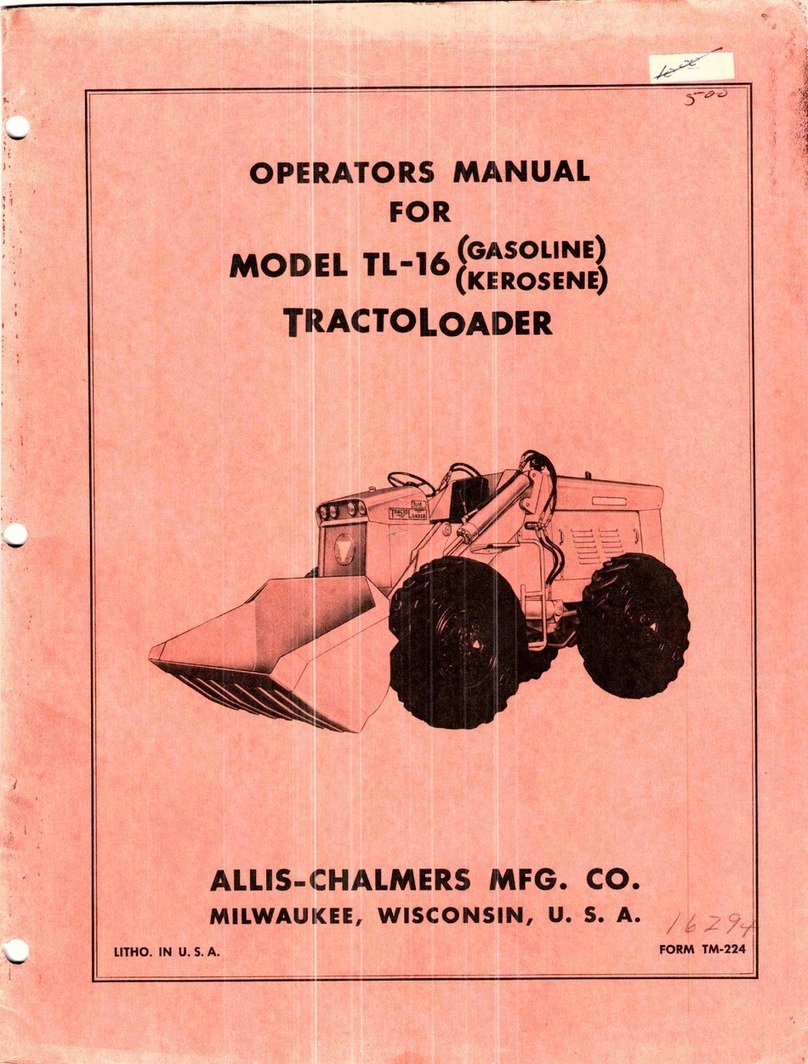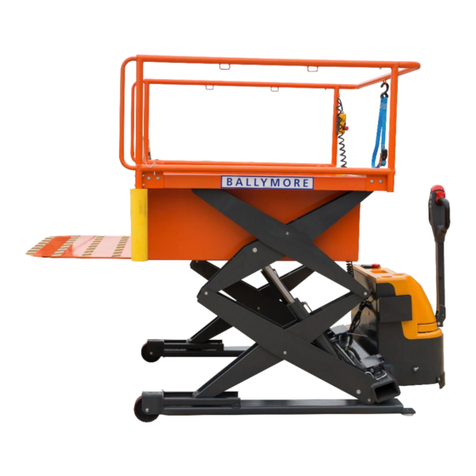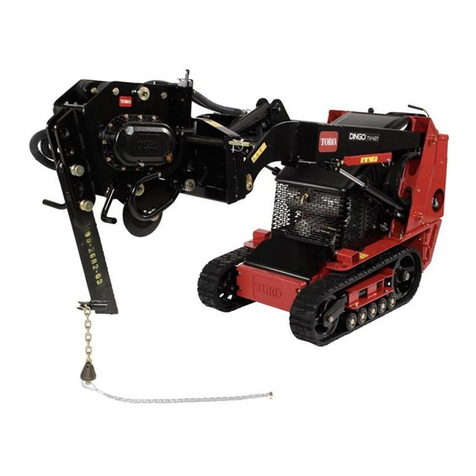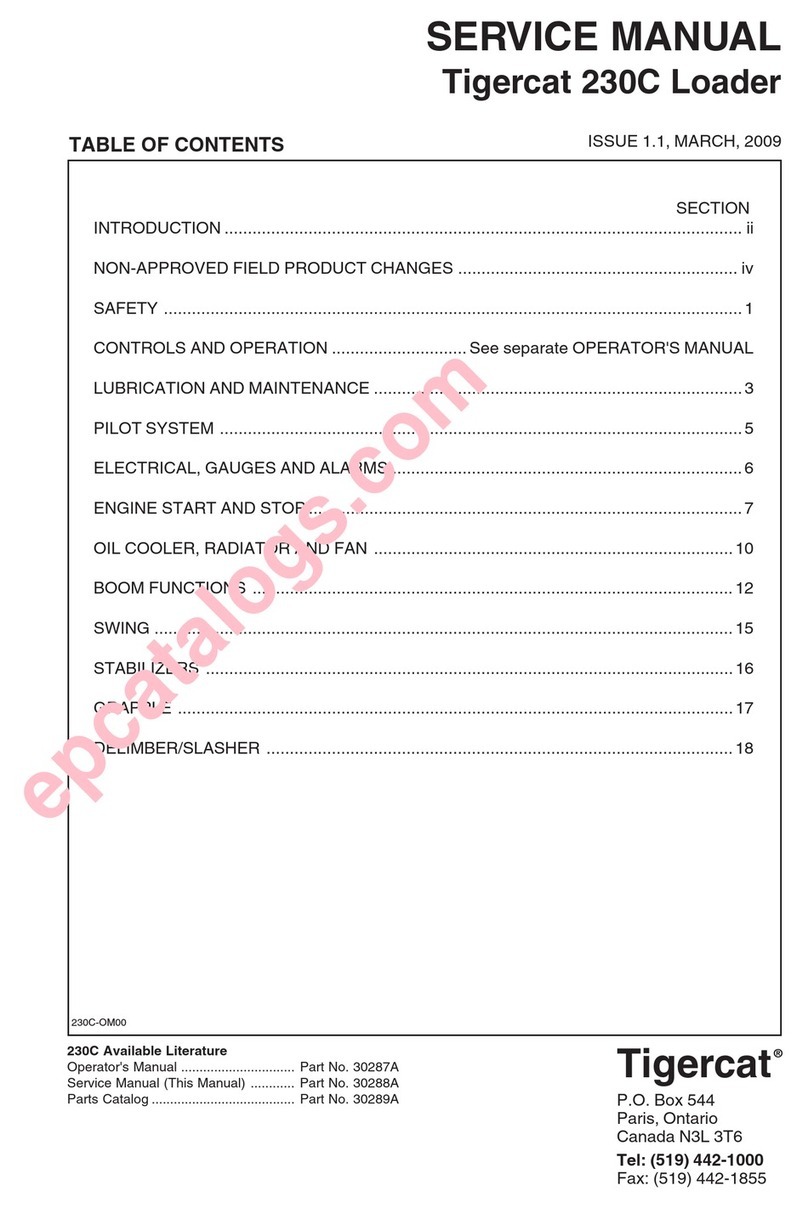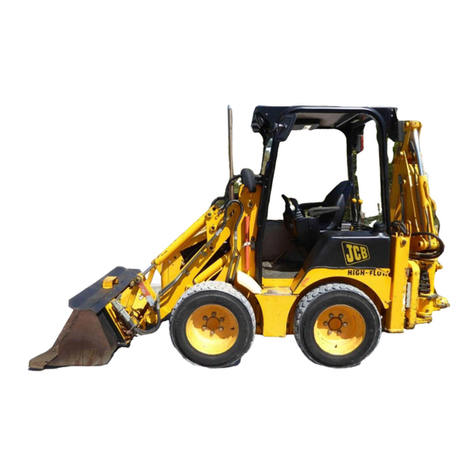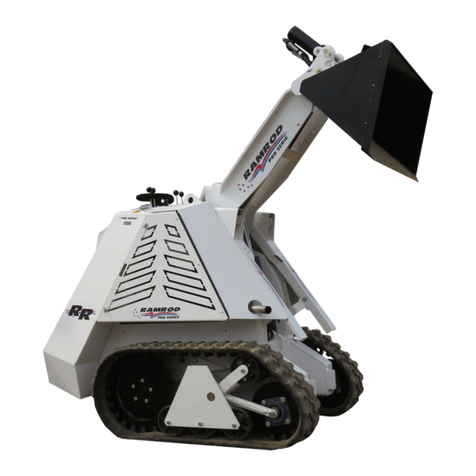
0-4
CALIFORNIA EMISSION CONTROL WARRANTY STATEMENT
(North America Only)
(California Only)
Your Warranty Rights and Obligations
The California Air Resources Board and CNH UK LTD are pleased to explain the emission control system warranty on your engine. In
California, new 2004 and later heavy-duty off-road engines from 50 to 750 HP must be designed, built and equipped to meet the State’s
stringent anti-smog standards. CNH UK LTD must warrant the emission control system on your engine for the periods of time listed below,
provided there has been no abuse, neglect or improper maintenance of your engine.
Your emission control system includes parts such as the fuel injection system and the air induction system.
Where a warrantable condition exists, CNH UK LTD will repair your heavy-duty off-road engine at no cost to you including diagnosis, parts
and labor.
Manufacturer’s Warranty Coverage:
The 2004 and later heavy-duty off-road engines are warranted from the original date of delivery for five years or 3000 hours of operation,
whichever occurs first. If any emission-related part on your engine is defective, the part will be repaired or replaced by CNH UK LTD.
Owner’s Warranty Responsibilities:
•As the heavy-duty off-road engine owner, you are responsible for the performance of the required maintenance listed in your owner’s
manual. CNH UK LTD recommends that you retain all receipts covering maintenance on your heavy-duty off-road engine, but CNH UK
LTD cannot deny warranty solely for the lack of receipts or for your failure to ensure the performance of all scheduled maintenance.
•As the heavy-duty off-road engine owner, you should, however, be aware that CNH UK LTD may deny you warranty coverage if your
heavy-duty off-road engine or a part has failed due to abuse, neglect, improper maintenance or unapproved modifications.
•Your engine is designed to operate on commercially available diesel fuel only. Use of any other fuel may result in your engine no longer
operating in compliance with California’s emissions requirements.
•You are responsible for initiating the warranty process. The ARB suggests that you present your heavy-duty off-road engine to a CNH
dealer as soon as a problem exists. The warranty repairs should be completed by the dealer as expeditiously as possible.
•If you have any questions regarding your warranty rights and responsibilities, you should contact your nearest CNH Office at the address
and telephone number listed on the Owner Assistance page of your equipment’s operator manual.
•Prior to the expiration of the warranty, you must give notice of any failure of an emission control warranted part. Such notice must be
given to CNH UK LTD or an authorized CNH dealer, and you must deliver the engine to the repair location.
•You, the owner, are responsible for incidental costs incurred by yourself or your employees as a result of an unwarrantable failure.
Examples of such costs are communication expenses, meals and lodging.
•The owner is responsible for any business costs or losses, any “downtime” expenses and any “cargo” damage which result from the
failure of a warranted part. CNH UK LTD is not responsible for other incidental or consequential damages, including, but not limited to
fines, theft, vandalism or collisions.
Parts covered:
This emission control system warranty applies to the following emission control parts:
Electronic Control Unit
Fuel Injection Pump
Fuel Injectors
Turbocharger
Intake Manifold
Charge Air Cooler
Exhaust Manifold
Boost Pressure Tubing (connection to Aneroid Device on F.I.P.)
Any replacement part, equivalent in performance and durability, may be used in the performance of any maintenance or repairs and must
be provided without charge to the owner. The use of these parts does not reduce the warranty obligations of CNH UK LTD. However, CNH
UK LTD recommends the use of new, genuine CNH service parts or CNH approved rebuilt parts and assemblies. CNH UK LTD also
recommends that the engine be serviced by a CNH authorized dealer.
CNH UK LTD Responsibilities:
Warranty work will be provided at no charge to the owner at any authorized dealer, using genuine CNH service parts or CNH approved rebuilt
parts or assemblies.
The owner will not be charged for diagnostic labor which leads to the determination that a warranted part is defective, if the diagnostic work
was performed at a warranty station.
CNH UK LTD is liable for damages to other engine components caused by the failure under warranty of any warranted part.
Warranty Limitations
CNH UK LTD is not responsible for failures resulting from abuse or neglect by owner or operator.
CNH UK LTD warrants to the ultimate purchaser and each subsequent purchaser that the engine is designed, built, and equipped so as to
conform with all applicable regulations adopted by the Air Resources Board, and that it is free from defects in materials and workmanship
which cause the failure of a warranted part.
Any warranted part which is not scheduled for replacement as required maintenance, or which is scheduled only for regular inspection to
the effect of “repair or replace as necessary” is warranted for the warranty period.
Any warranted part which is scheduled for replacement as required maintenance is warranted for the period of time prior to the first scheduled
replacement point of that part.
CNH UK LTD is not liable to warrant failures caused by the use of add-on or modified parts.
CNH UK LTD is concerned to ensure proper maintenance of the engine to maximise emissions performance. Information on care and
replacement of engine air cleaner, and all other aspects of engine maintenance is provided in a manual supplied to the owner. A maintenance
schedule chart is provided in the manual.
